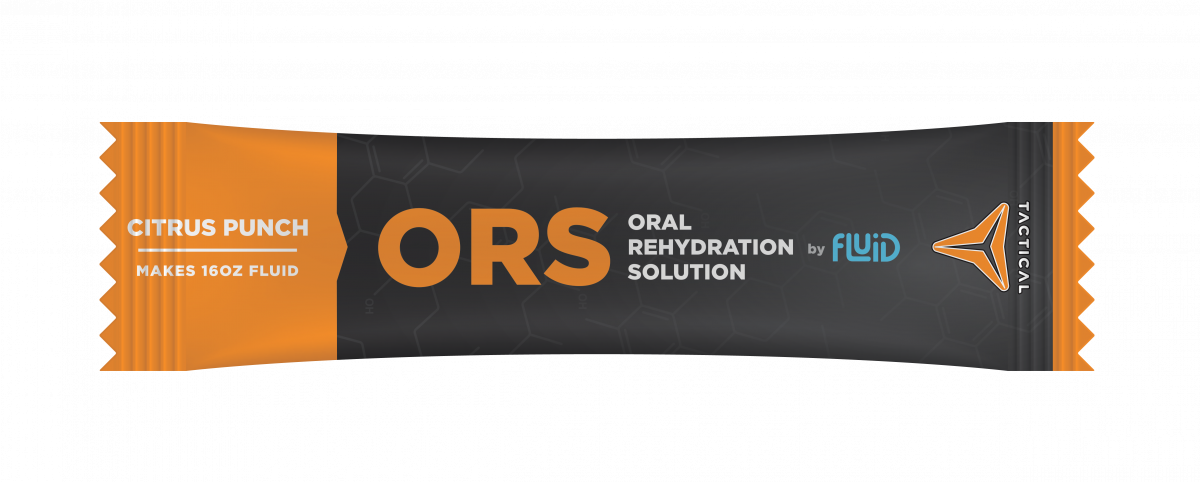A common question we receive goes something like this:
Typically, I don’t consume or recommend products with sucralose. Can you share more about your reasoning for using this ingredient?
Yes, absolutely.
Short version: Doses matter, ADIs (acceptable daily intake levels) are set at cautious amounts, and a 150lb person would need to consume 25-50 ORS packets per day (which would be 20,400-40,800mg of sodium) to reach the FDA’s ADI for sucralose!
Long version:
When we created the ORS formula for Ventura County Fire Dept in Spring 2020, the original version did not contain sucralose. Our excitement for the new product was crushed pretty quickly as the fire safety captains said the crew didn’t like it (basically because it wasn’t sweet enough compared to the more expensive ORS competitor). I’ve come to find out that there actually are studies about how important taste is to usage specific to ORS: (https://journals.lww.com/
All our sport products (Performance, Recovery, & Protein) were either sweetened with sugar, or a combo of sugar, stevia, and/or monk fruit. While trying to decide which way to go to bolster sweetness with a sugar alternative, I did a review of research and came across this super thorough paper in the Journal of Food & Chemical Toxicology: (https://www.sciencedirect.
The authors performed a comprehensive review and came to the following conclusion:
“In conclusion, the extensive database of studies assessing genetic toxicology, short and long term safety, animal and human absorption, distribution, metabolism and excretion, reproductive, development, and neurological effects and, most recently human clinical trials in healthy and diabetic subjects by numerous researchers provide a clear demonstration of safety of use of sucralose as a non-caloric sweetener in foods and beverages.”
Prior to that final conclusion, they also reference usage amounts compared to the ADI.
“The results of well-conducted consumption estimates, even using conservative approaches such as use of maximum use levels, consistently find that the intakes of sucralose in all members of the population, including children and diabetics, remain well below the ADI. The current average sucralose consumption level is also less than 3 mg/kg bw/d, even at the 95th percentile of use, and including special populations such as children and persons with diabetes.”
The US FDA lists an ADI of 5mg per KG of body weight (https://www.fda.gov/food/
Interestingly enough, sucralose was evaluated by the EU Scientific Committee on Food (SCF) and they established an acceptable daily intake three times higher than the US FDA (15 mg/kg body weight (bw)).
Also, if you like podcasts, this topic was just reviewed on the RDs vs BS podcast where Emily Zorn and Marie Pesacreta discussed a variety of alternative sweeteners including sucralose. Here is a link to their discussion but the abridged version is that they’re fine/safe to consume up to a certain level: (https://www.rdsvsbs.com/
True to our name, we are happy to evolve if the information or data changes.
How does this information resonate with you? Do you have additional questions? We would love to hear your feedback!

